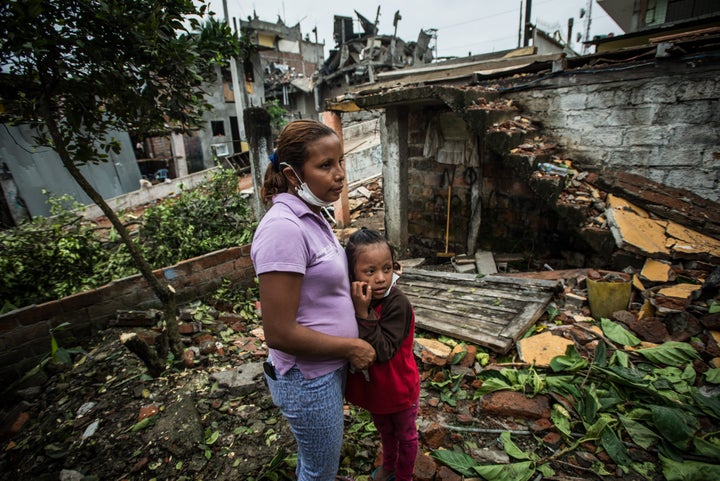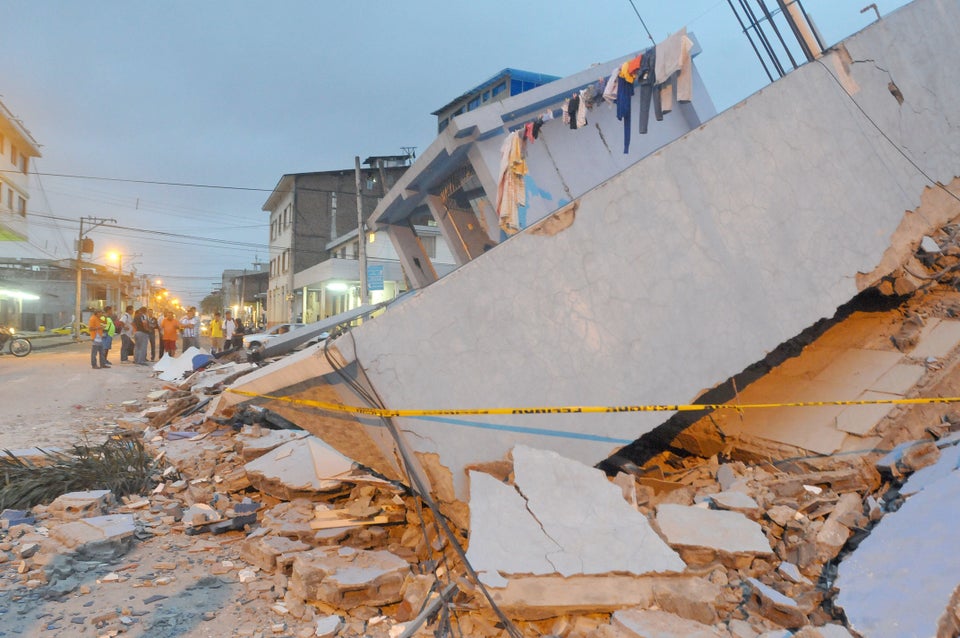
The massive earthquake that hit Ecuador earlier this month has left up to 120,000 children out of school, a consequence that can significantly hinder their recovery.
“Education is a lifeline for children going through the trauma of chaos and destruction,” Grant Leaity, UNICEF representative in Ecuador, said in a statement. “It helps give them a daily routine and a sense of purpose and puts them on track for psychological recovery.”
It will cost the country billions to rebuild after the 7.8-magnitude earthquake, which includes repairing more than 280 schools, according to UNICEF.
To help bring some relief and education to kids in need, UNICEF is installing 50 temporary learning spaces and will distribute 700 “school in a box” kits.
Plan International is also building child-friendly spaces and temporary learning centers where kids can regain a semblance of a normal routine. The centers will also be open to parents to get training on health and hygiene, sanitation and safety.
“We know that children are going to be among the most affected by this disaster, so it is of the utmost importance to work quickly and efficiently to help girls and boys cope with the stress of what they’ve been through and give them the space to express themselves in a safe and secure environment,” Rossana Viteri, country director of Plan International Ecuador, said in a statement.
In addition to losing out on learning, children in Ecuador are also at a heightened risk of contracting serious illnesses.
According to UNICEF, at least 150,000 children were affected by the crisis. Advocates are most concerned about kids living in coastal areas, which were already “hotspots” for Zika, dengue, malaria and chikungunya, according to UNICEF.
“We are in a race against time to protect children from disease and other risks common in such emergencies,” Leaity said in a statement.
For a complete list of ways to help Ecuador in the wake of the earthquake, click here.


